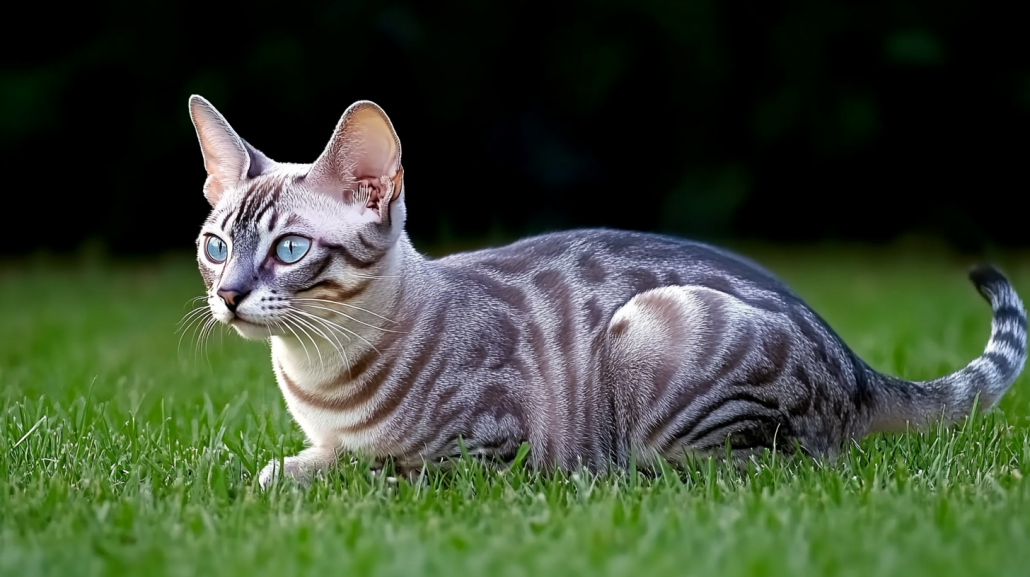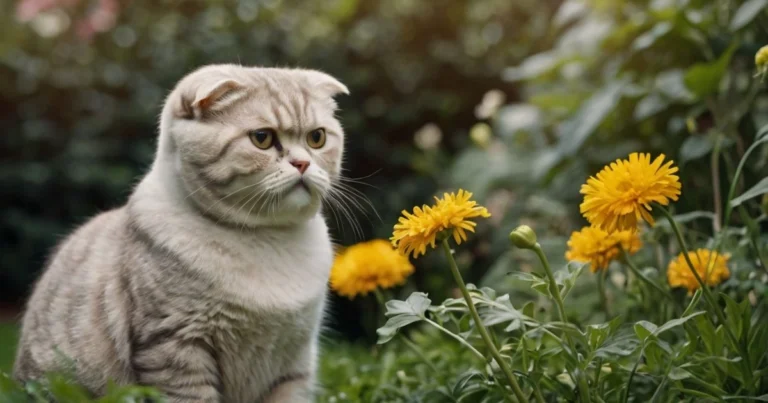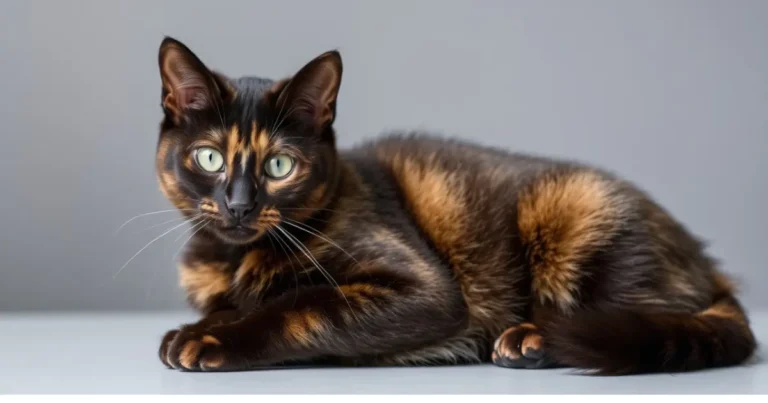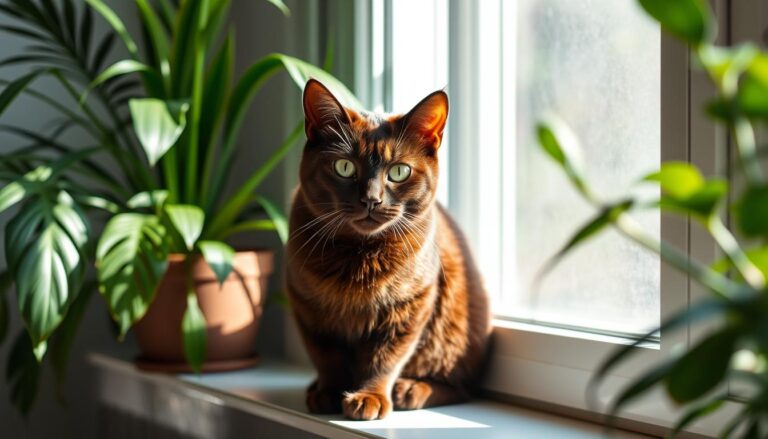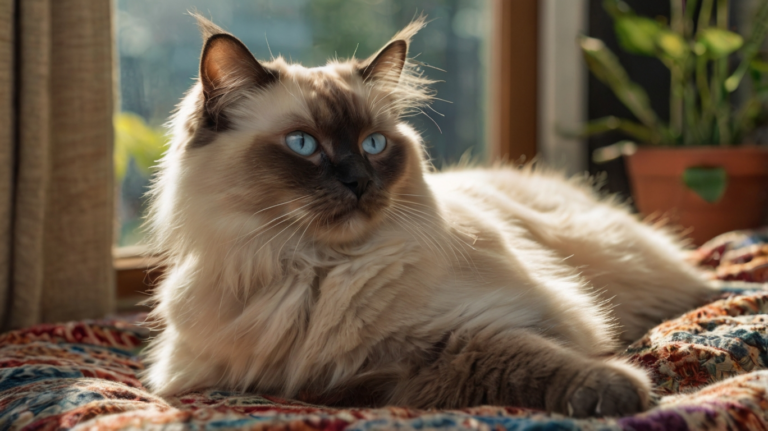Blue Bengal Cats: 7 Incredible & Heartwarming Facts
Introduction
Imagine a gleaming blue-gray cat strolling gracefully across your living room, its luminous coat reflecting the afternoon sun as it curiously examines every corner. That’s the daily sight you might enjoy if you share your home with blue bengal cats. Their mesmerizing color variation, coupled with the breed’s lively temperament, makes them an exciting choice for cat enthusiasts who want a pet that’s both beautiful and spirited.
It’s tough not to fall in love with the soulful gaze and agile movements of blue bengal cats, especially when they zoom across the floor in pursuit of a feather toy or chirp for your attention from the tallest perch in the room. But as enchanting as they may appear, these cats also require specialized care and attention to ensure they remain healthy and happy. In this article, we’ll delve into the origins of Bengals, explore what makes blue bengal cats genetically unique, and discuss their personalities, grooming needs, training tips, and more.
The Origins of Blue Bengal Cats
A Quick Glimpse at Bengal History
Before we dive into the specifics of blue bengal cats, it’s helpful to understand the Bengal breed as a whole. Bengals are a hybrid breed originally developed by crossing domestic cats with the Asian leopard cat (Prionailurus bengalensis) in the 20th century. These early breeding programs aimed to create a cat with a wild, exotic look but a domestic temperament.
Organizations like The International Cat Association (TICA) and the Cat Fanciers’ Association (CFA) eventually recognized Bengals, provided they were several generations removed from their wild ancestors. Over the years, breeders focused on refining coat patterns, body structure, and temperament, leading to the robust and vibrant Bengals we know today. Among their most captivating variations are blue bengal cats.

Genetic Roots of the Blue Hue
Why do blue bengal cats have that distinct bluish-gray coat? It all comes down to genetics. The coat color in Bengals depends on the interplay of various genes that control pigmentation and color expression. Traditional Bengals often showcase brown or snow hues, but certain recessive genes can produce the blue coloration.
- Dilution Gene: This gene is commonly responsible for turning black pigment into a softer, grayer shade.
- Combination of Color Genes: When both the pattern genes and dilution genes intersect, you get that unmistakable blue bengal cats look—cool-toned, with rosettes or marbled markings appearing in muted shades of gray or steel-blue.
Because the gene for blue is recessive, both parent cats must carry it for a litter to contain any blue bengal cats. This rarity can increase the demand—and sometimes the price—of blue variants.
Physical Characteristics of Blue Bengal Cats
blue bengal cats typically share the same body structure as other Bengals: a muscular, athletic frame, medium to large in size, and a streamlined yet powerful build. What sets them apart is their coat color and pattern:
| Characteristic | Blue Bengal Cat Description |
|---|---|
| Coat Color | Bluish-gray, often with darker gray or steel-blue markings such as rosettes or swirls. |
| Eye Color | Commonly green or gold; however, some blue bengal cats can have striking aqua or hazel eyes. |
| Fur Texture | Short, dense, and exceptionally soft, sometimes described as silk-like to the touch. |
| Pattern Variation | May feature spots, rosettes (outlined spots), or marbled patterns in softer tones than brown Bengals. |
| Body Composition | Lean yet muscular, providing them with agility and athleticism. |
Most blue bengal cats exhibit the trademark Bengal markings—spots or rosettes that contrast subtly against the base coat. In bright lighting, you’ll often notice a pearlescent or silvery sheen that makes them look exceptionally dazzling.
Personality and Temperament

Active and Inquisitive
A hallmark trait of Bengals, including blue bengal cats, is their high level of energy. These felines relish activities such as climbing, jumping, and interactive play. Don’t be surprised if they figure out how to open cabinet doors or explore the highest bookshelf in your home. They love a good challenge and are known for their remarkable curiosity.
Affectionate but Independent
While blue bengal cats enjoy being near their humans, they are not typically lap cats in the traditional sense. They often show affection through playful engagement—like bringing you toys or gently head-butting for attention. However, they appreciate having their own territory to roam and vantage points to survey their surroundings.
Intelligent and Trainable
Due to their high intelligence, blue bengal cats adapt well to training with positive reinforcement. It’s not unusual for owners to teach them simple commands like “sit” or “fetch,” and some even succeed at leash-training. Their intelligence also means they need mental stimulation—without it, they might resort to mischief or boredom-induced behaviors.
Social Creatures
Bengals, including blue bengal cats, generally get along with other pets if introduced properly. They can coexist with dogs and other cats, particularly if socialized early. Their playful energy often pairs nicely with similarly active household companions, ensuring they have an outlet for their boundless enthusiasm.
Caring for Blue Bengal Cats
Taking care of blue bengal cats involves meeting both their physical and mental needs. From diet to exercise, these points are essential for fostering a happy, healthy cat.
Diet and Nutrition
- High-Quality Protein: Look for cat food where real meat is the first ingredient.
- Balanced Fats and Carbohydrates: Essential fatty acids keep their coat sleek, while moderate carbs supply quick energy.
- Moisture-Rich Options: Incorporate wet food or ensure your cat drinks plenty of water to support kidney health.
Pro Tip: Always consult a veterinarian to determine the best diet for your blue bengal cats, as individual needs can vary based on age, weight, and health status.
Exercise and Enrichment
Because blue bengal cats have above-average energy, daily exercise is crucial:
- Interactive Toys: Wand toys, laser pointers, and puzzle feeders can keep them engaged.
- Climbing Structures: Provide cat trees or shelves to satisfy their climbing instincts.
- Playtime Routines: Aim for multiple short play sessions throughout the day rather than one long session.
Enrichment not only staves off boredom but also helps maintain a healthy weight. Bored or under-stimulated blue bengal cats may channel their energy into destructive behaviors such as scratching furniture, knocking items over, or incessantly meowing for attention.
Grooming Needs
- Brushing: Although Bengals have short fur, a weekly brushing session can help reduce shedding and distribute natural oils.
- Nail Trims: Regular trims (approximately every 2–4 weeks) prevent overly sharp claws.
- Dental Care: Incorporate brushing your cat’s teeth with cat-safe toothpaste at least once or twice a week if possible.
- Ear and Eye Checks: Periodically examine their ears for debris or redness, and gently wipe away any discharge around the eyes with a vet-approved solution.
Health Considerations
In general, blue bengal cats share the same health profile as other Bengals. They’re relatively robust but can be prone to:
- Hypertrophic Cardiomyopathy (HCM): A heart condition that can affect many cat breeds.
- Progressive Retinal Atrophy (PRA): An eye disorder that may lead to vision loss.
- Dental Issues: Gum disease and other oral health problems if not properly managed.
Preventive veterinary care—including routine check-ups, vaccinations, and parasite control—is critical. Early detection often means a better prognosis for conditions like HCM.
For additional tips on maintaining optimal cat hygiene, you might refer to the guidelines from the American Society for the Prevention of Cruelty to Animals (ASPCA), a reputable organization dedicated to animal welfare.
Socialization and Training Tips
Early and Positive Introductions
When bringing blue bengal cats into a new environment, especially if there are resident pets, start with short, positive, and controlled interactions. Allow them to smell each other’s scent through a tiny gap or under the door. Reward good or neutral behavior with treats, praise, or gentle petting to build positive associations.
Reward-Based Training
- Clicker Training: A clicker can mark the precise moment your cat does something right, followed by a small, tasty reward.
- Short Sessions: Keep training sessions brief (around 5 minutes) to maintain your cat’s interest.
- Consistency: Use the same cues and rewards so your blue bengal cats understand what’s expected of them.
Redirecting Unwanted Behaviors
It’s natural for blue bengal cats to climb and investigate. However, if they’re scratching furniture or hopping onto forbidden counters, redirect them to approved alternatives. For example, place a cat tree near a window for climbing or a scratching post in high-traffic areas, encouraging them to scratch there instead.
Living with Blue Bengal Cats
Preparing Your Home
- Safe Spaces: Offer quiet corners or rooms with soft bedding where your cat can retreat.
- Cat-Proofing: Secure loose wires, store cleaning chemicals out of reach, and ensure windows and balconies are escape-proof.
- Toys and Entertainment: Keep a rotation of toys on hand to stimulate your cat’s mind.
Integrating Children and Other Pets
blue bengal cats generally adapt well to family life, but every cat is unique. Teach children to handle cats gently—no tail pulling or rough play. For other household pets, slowly introduce them under supervision to make sure everyone feels secure.
Creating a Routine
Cats thrive on predictability. Try to feed your blue bengal cats and play with them at roughly the same times each day. This helps them feel more secure and can reduce stress-related issues. Over time, your cat might even remind you when it’s mealtime or playtime.
Real-Life Examples: Stories from Blue Bengal Owners
Luna’s High-Flying Antics
Sarah, an experienced cat owner, recounts her adventures with Luna, one of her blue bengal cats. She jokes that Luna might as well be part mountain goat because she loves perching atop the highest shelf in every room. Sarah overcame Luna’s initial furniture clawing by providing multiple tall cat trees and focusing on consistent training.
Maverick, the Social Butterfly
Mark adopted Maverick from a Bengal rescue group. Initially shy, Maverick soon revealed a big personality. He chirps for attention every time Mark enters the room and loves riding on Mark’s shoulders. Training Maverick to walk on a harness took only a few weeks, thanks to his curiosity and treat motivation.
These real-world examples show how interactive and engaging blue bengal cats can be, provided you nurture their energetic, curious spirit.
FAQs
Below are up to six FAQs centered on blue bengal cats.
How much is a blue Bengal cat?
They can range from $1,500 to $3,000 or more, depending on breeder reputation and quality. blue bengal cats are rarer, so their price is often higher than standard Bengals. Always ensure your cat comes from a reputable source for health guarantees.
Are blue Bengal cats good with kids?
Most have a playful, sociable temperament that can mesh well with children. blue bengal cats love interactive play and often enjoy the energy kids bring. Supervise early interactions to ensure respectful handling on both sides.
Do blue Bengal cats have special grooming needs?
They generally have short fur that’s easy to manage, so weekly brushing is sufficient. blue bengal cats benefit from regular nail trims and dental care. Their dense coat can also benefit from the occasional bath if needed.
Can blue Bengal cats be trained like dogs?
They’re highly intelligent and respond well to positive reinforcement. blue bengal cats often learn commands like “sit” or “come,” and some even enjoy walking on a harness. Consistency and treats make training sessions successful.
How active are blue Bengal cats?
They’re known for their high energy and need daily play sessions. blue bengal cats love climbing, chasing, and exploring, so they thrive in interactive environments. Without sufficient stimulation, they may act out or become bored.
Do blue Bengal cats get along with other pets?
If properly socialized, they can befriend other cats and even some dog breeds. blue bengal cats enjoy company and often seek playmates. Gradual introductions and monitoring help foster positive relationships.
Conclusion
When you choose to bring blue bengal cats into your home, you’re welcoming a feline companion bursting with curiosity, athleticism, and a coat color that never fails to impress. These cats seamlessly blend the exotic Bengal heritage with a rare dilution gene to create a soft, cool-toned coat that stands out in any room. But their beauty is only half the story—blue bengal cats are also known for their sociable, intelligent, and playful dispositions, making them ideal for families seeking an active pet.
However, their high energy levels and curiosity mean they need plenty of stimulation, both mental and physical. A balanced diet, routine veterinary care, and engaging play sessions are crucial to keeping them happy and healthy. Whether it’s scaling tall cat trees, learning new tricks, or greeting you with chirps and meows, blue bengal cats promise a life filled with lively interaction and endless fascination. If you’ve already fallen for their silvery coats and vivacious personalities, don’t hesitate—these captivating cats might just be your perfect match! Feel free to share your experiences in the comments below or spread the word to fellow cat lovers on the lookout for something truly extraordinary.
Additional Resources & Internal Links
Discover more fascinating feline color patterns by exploring Bengal cat traits at https://www.quickypets.com/bengal-cat-exotic-feline-beauty-for-your-home/ .

